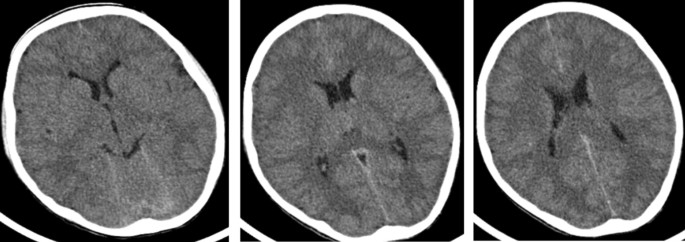Primary amebic meningoencephalitis (PAM) is a rare but often fatal brain infection caused by Naegleria fowleri, a free-living ameba found in warm freshwater environments, such as lakes, rivers, and hot springs. Here’s an overview of its symptoms, causes, treatment, and prevention:
Symptoms:
- Initial Symptoms: PAM typically begins with symptoms similar to bacterial meningitis, including headache, fever, nausea, vomiting, and stiff neck.
- Progression: As the infection progresses, symptoms may worsen to include confusion, seizures, hallucinations, and coma.
- Rapid Onset: Symptoms usually develop within 1 to 9 days after exposure to the ameba.
Causes:
- Naegleria fowleri Exposure: Infection occurs when contaminated water containing Naegleria fowleri enters the body through the nose, usually during activities like swimming, diving, or other water sports.
- Brain Invasion: Once in the nasal passages, the ameba can travel to the brain via the olfactory nerve, leading to the development of PAM.
Treatment:
- Antimicrobial Drugs: Treatment typically involves antimicrobial drugs, such as amphotericin B, miltefosine, and rifampin, although the effectiveness of these drugs can vary.
- Supportive Care: Supportive care, including measures to reduce brain swelling and control seizures, may also be necessary.
- Experimental Therapies: Experimental therapies, such as the use of antifungal drugs in combination with antimicrobial agents, are being explored.
Prevention:
- Avoidance of Contaminated Water: The best way to prevent PAM is to avoid swimming or diving in warm freshwater bodies, particularly during periods of high water temperature and low water levels.
- Nasal Protection: When engaging in water-related activities in potentially contaminated areas, using nose clips or keeping the head above water can help prevent water from entering the nasal passages.
- Proper Water Management: Proper maintenance of swimming pools, hot tubs, and other recreational water facilities, including regular cleaning and disinfection, can help reduce the risk of Naegleria fowleri contamination.
- Educational Efforts: Public education campaigns can raise awareness about the risks associated with Naegleria fowleri and promote preventive measures.
Although PAM is a rare infection, it is often fatal, with a very low survival rate even with treatment. Prompt recognition of symptoms, early diagnosis, and aggressive treatment are essential for improving outcomes in affected individuals.

































